What Sublimation is: A Details Guide by Subli Genius Print
Sublimation is a process where a solid turns directly into a gas without becoming liquid. In printing, it uses heat to transfer special inks onto polyester and coated surfaces, creating permanent, vibrant designs.
| Method | Works On | Durability | Color Vibrancy | Cost |
|---|---|---|---|---|
| Sublimation | Polyester, coated items | Excellent | Vibrant | Moderate |
| Screen Printing | Cotton, blends | Good | Good | High for short runs |
| Infusible Ink | Cricut blanks, coated | Good | Moderate | Low |
Have you ever wondered how dry ice produces fog or how naphthalene balls disappear over time? These are examples of a process called Sublimation, which is the transition of a substance from the solid to the gas state without passing through the liquid form.
Here, I will explain what Sublimation is, how it works, and why it is essential for various applications.
What Sublimation is?
Key Points:
- It seems likely that sublimation printing involves using heat to transfer ink onto materials like polyester fabric and ceramics, creating vibrant, durable designs.
- Research suggests that the process includes designing, printing on special paper, and using a heat press, with optimal temperatures typically between 300°F and 400°F.
- The evidence leans toward sublimation printing being ideal for custom apparel, home decor, and promotional items, but it has limitations, such as compatibility with specific materials.

Sublimation printing is a technique where ink is transferred from paper to materials like polyester fabric, ceramics, and coated plastics using heat. The ink turns into a gas and bonds with the material, resulting in permanent, vibrant prints. This method is popular for creating custom products due to its durability and color quality.
Step-by-Step Sublimation Printing Guide
Sublimation printing follows a simple flow: Design → Print → Press → Peel → Cool. Each step matters if you want sharp, vibrant results that last.
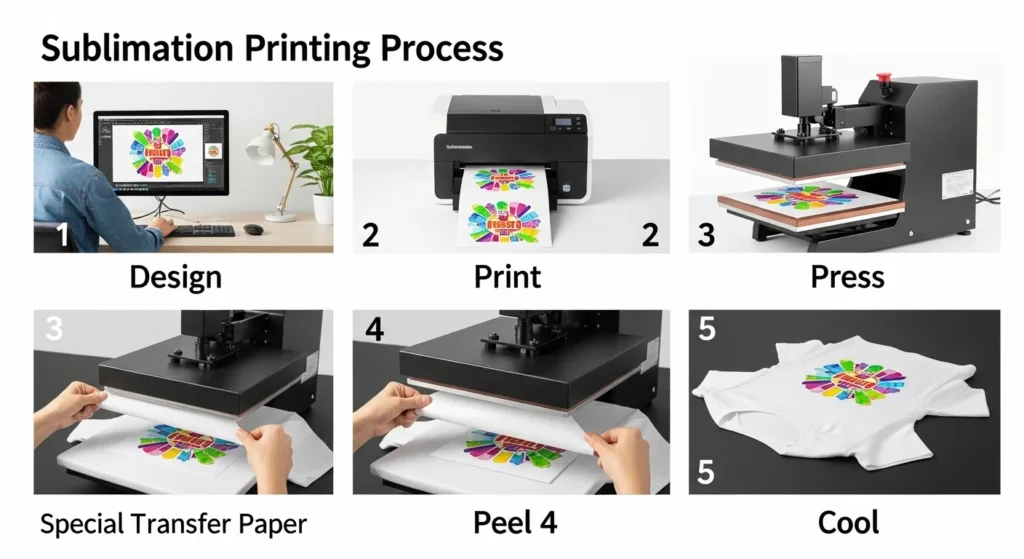
1. Design
Start with high-resolution artwork (at least 300 DPI) to avoid blurry prints. Use design software like Photoshop, Illustrator, Canva, or Cricut Design Space. Make sure your colors match your printer’s ICC profile for accurate output.
👉 Pro tip: Flip your design horizontally (mirror image) before printing, especially for text or logos. This ensures the final print reads correctly once transferred.
2. Print
Load sublimation paper into your printer with the printable side facing the right way (usually brighter or smoother). Use sublimation ink and set your printer to “High Quality” or “Photo” mode.
✅ Let the print dry fully before pressing so the ink doesn’t smudge.
3. Press
Place your printed design face-down on the blank substrate (like a shirt, mug, or pillow). Secure it with heat tape so it doesn’t shift.
Use a heat press set between 375°F–400°F (190°C–205°C) depending on the blank type. Apply medium pressure for 30 seconds to 4 minutes, adjusting time for items like mugs or thick substrates.
👉 Pro tip: Pre-press garments for 5–10 seconds to remove moisture and wrinkles before transferring the design.
4. Peel
Once the press is done, lift the transfer carefully while it’s still hot. Peel smoothly in one motion to avoid ghosting (a faint shadow of the design caused by paper shifting during removal).
5. Cool
Let the item cool on a clean, flat surface. Don’t stack freshly pressed items on top of each other while they’re still warm—this can cause smudging or color transfer. Once cooled, the design is fully bonded, permanent, and ready to show off.
Sublimation can be represented by the following equation:

Dry ice absorbs heat from the surrounding and gains enough energy to escape from the solid lattice when exposed to air. The dry ice transforms into carbon dioxide gas, resulting in fog or smoke.
The following diagram shows the Sublimation of dry ice using mermaid syntax:

Applications and Materials
It’s great for t-shirts, mugs, and pillows, but works best on materials with high polyester content or special coatings. For a list of compatible materials.
- Polyester Fabrics: Ideal for t-shirts, hoodies, and other apparel, as noted in Best Fabrics for Sublimation.
- Coated Ceramics: Suitable for mugs and plates, as mentioned in Sublimation on Wood.
- Sublimation-Ready Plastics and Woods: Requires special coatings, as seen in Sublimation Blanks and Substrates.
Materials Compatibility Table
Not every material works with sublimation. Since the ink bonds at a molecular level, you need surfaces that contain polyester or have a polymer coating to lock in the design. Here’s a quick breakdown of what works best:
| Material | Works With Sublimation | Best Uses | Special Notes |
|---|---|---|---|
| Polyester Fabric | ✅ Excellent | T-shirts, hoodies, jerseys, flags | For the brightest colors, choose 100% polyester. Blends may look slightly faded. |
| Polyester Blends | ⚠️ Partial | Apparel, tote bags | At least 65% polyester content is recommended for good color vibrancy. |
| Coated Wood | ✅ Good | Signs, photo panels, décor items | Must have a white or clear sublimation coating for proper transfer. |
| Coated Ceramics | ✅ Excellent | Mugs, tiles, plates | Use sublimation-ready blanks to ensure durable, dishwasher-safe results. |
| Coated Metal | ✅ Excellent | Signs, nameplates, keychains | Needs a polyester coating for ink bonding and a clean, dust-free surface. |
⚠️ What Doesn’t Work Well
- Cotton: Sublimation doesn’t bond to natural fibers unless you use a polyester coating spray or sublimation HTV as a workaround.
- Uncoated Wood, Metal, Glass: The ink will transfer but won’t stick permanently, resulting in dull or washed-out prints.
👉 Pro tip: Always check that your blanks are labeled “sublimation-ready” or poly-coated before pressing. This avoids wasted ink and uneven transfers.
Sublimation vs Other Printing Methods
Sublimation gives you long-lasting, full-color prints that bond with the material, while other methods either sit on top or use different inks that don’t last as long.
| Feature / Method | Sublimation | Screen Printing | Heat Transfer Vinyl (HTV) | DTF (Direct-to-Film) |
|---|---|---|---|---|
| Durability | Excellent, design is infused into fabric | Good, depends on ink and wash care | Good but may crack or peel over time | Very good, flexible film bonds well |
| Color Range | Unlimited, vibrant full-color | Limited by number of screens | Good but layering can get tricky | Excellent, full-color prints |
| Feel on Fabric | Soft, no extra layer | Slightly raised ink feel | Vinyl layer on top of fabric | Smooth, thin film |
| Setup Cost | Low once equipment is set | High (screens, prep) | Low to medium | Medium |
| Best Use | Polyester apparel, mugs, coated blanks | Cotton shirts, bulk orders | Small runs, custom tees | Versatile, works on many fabrics |
| Wash Resistance | Excellent, won’t fade or crack | Good if cured properly | Fair to good | Very good |
Pros & Cons of Sublimation
✅ Pros
- Super vibrant colors that don’t fade
- Soft to the touch, no cracking or peeling
- Ideal for all-over prints and detailed designs
- Works great for both apparel and hard goods (mugs, panels, etc.)
❌ Cons
- Only works on polyester or coated materials
- Not ideal for dark cotton fabrics
- Requires specific blanks and heat press equipment
Sublimation in Psychology & Defense Mechanism
Sublimation doesn’t just live in chemistry and printing, it has a powerful role in psychology too. In fact, sublimation as a defense mechanism is all about turning inner impulses into something positive.
If you want a deeper dive, check out Sublimation in Psychology: Turn Negative Impulses Into Positive Action.
Also see our take on how it integrates with mental wellness in Mental Health in Sublimation and some hands-on techniques in 7 Sublimation Psychology Hacks.
🧠 What Is Sublimation (Psychology)?
Sublimation is a mature defense mechanism first described by Sigmund Freud. Rather than repressing or acting on impulses, the mind transforms them into socially acceptable, constructive behaviors—like art, sports, or intellectual work.
Freud’s work on sublimation is foundational in psychoanalytic theory. You can read more about Freud’s life and theories on his main page at Wikipedia: Sigmund Freud.

⚖️ Sublimation vs Other Defense Mechanisms
| Mechanism | Conscious? | What It Does | Outcome |
|---|---|---|---|
| Repression | Unconscious | Pushes thoughts/urges out of awareness | Emotional issues remain hidden |
| Suppression | Conscious | Deliberately ignores or delays dealing with emotions | Temporary relief |
| Displacement | Often unconscious | Redirects energy to safer target | Emotion expressed but misplaced |
| Sublimation | Often unconscious | Channels urges into positive activity | Productive, socially accepted behavior |
Sublimation stands out because it doesn’t just hide or shift impulses, it redirects them into something beneficial.
🎯 Real-Life Examples
- Someone feeling aggressive might take up martial arts or boxing instead of lashing out.
- Intense emotional energy could become music, painting, or writing.
- Loss or grief might be channeled into volunteer work or activism.
These show how sublimation can help us cope while contributing something meaningful.
💡 How It Ties to Mental Health
Sublimation supports emotional balance because:
- It prevents destructive expression of powerful feelings
- It gives impulses a socially valued outlet
- It encourages self-awareness and long-term growth
But it’s not a silver bullet—sometimes simply redirecting energy isn’t enough; working through emotions is still important.
🧪 Sublimation in Chemistry: What Is It?
In chemistry, sublimation is the process where a solid turns directly into a gas without becoming a liquid first. Think of dry ice (solid CO₂) releasing foggy vapor—that’s sublimation in action! It happens under specific temperature and pressure conditions, often used in labs to purify substances.
🎨 What is Sublimation in Art?
In art, sublimation refers to the process of transforming emotions, ideas, or experiences into creative expressions, often as a way to channel complex feelings into something beautiful. It’s also a printing technique where ink is heated to a gas and bonds with materials like fabric or canvas, creating vibrant, long-lasting artwork.

Example of a sublimation-printed canvas with a vibrant abstract design.
Molecular Explanation of Sublimation
Sublimation is the phase transition of a substance to the gas phase without passing through the liquid phase. This happens when the molecules of the stable have enough kinetic energy to overcome the intermolecular forces that hold them together in a fixed structure.
The molecules escape from the surface of the concrete and enter the gas phase, where they have more freedom of movement and less order.
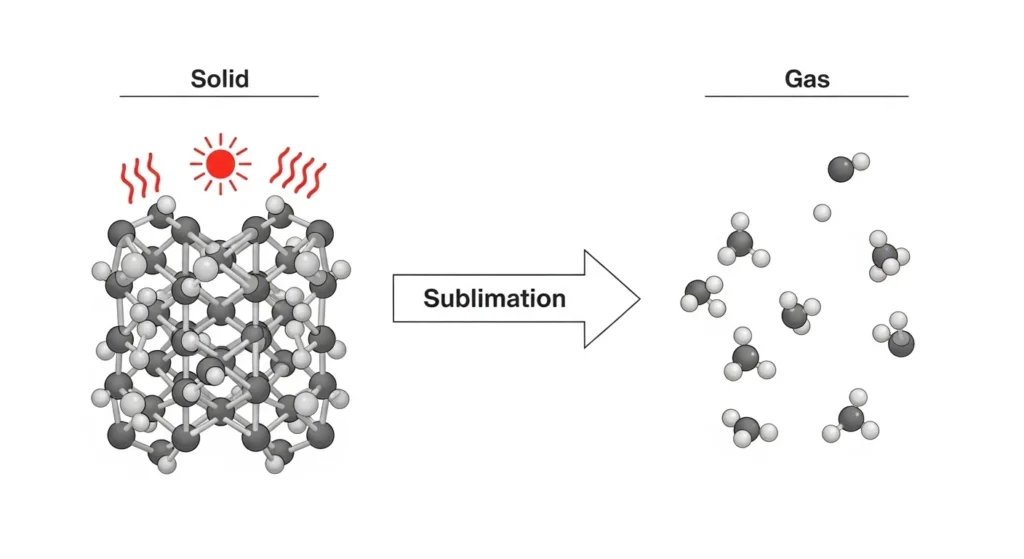
Sublimation is an endothermic process which absorbs heat from the surroundings. The amount of heat required for Sublimation is equal to the sum of the heat of fusion and the heat of vaporization of the substance.
Real-World Uses of Sublimation
Sublimation isn’t limited to printing t-shirts or mugs. It’s a versatile process that plays a key role in textiles, food preservation, forensics, and chemical manufacturing, showing just how diverse and useful this phase change really is.
🧵 Textile Industry
Sublimation is widely used to print designs on fabrics. Special sublimation ink is first printed on transfer paper, then pressed onto the fabric at high temperature and pressure. The ink turns into gas, bonds with the fibers, and creates a permanent, vibrant image that won’t crack or peel.
🍓 Food Industry
Freeze-drying is a food preservation method based on sublimation. The food is frozen, then placed in a vacuum chamber where the water sublimates directly from solid ice to vapor, removing moisture. This keeps the food’s original shape, color, flavor, and nutrients intact, while stopping microbial growth and spoilage. Freeze-dried foods can be easily rehydrated later.
🕵️ Forensic Science
Iodine sublimation helps reveal hidden fingerprints on paper. When iodine crystals are gently heated, they release vapor that reacts with the oils in fingerprints. The prints appear as brown or purple marks, which can then be photographed or lifted with tape for evidence.
⚗️ Chemical Industry
Sublimation is used to purify volatile compounds with low melting points, like naphthalene, camphor, and iodine. When heated, these substances sublimate and leave impurities behind, making the process an efficient way to isolate pure materials.
Advantages and Disadvantages
Advantages:
- Vibrant, Long-Lasting Colors: The ink becomes part of the material, resisting fading and cracking.
- Versatility for Full-Color Designs: Suitable for complex, detailed prints.
- Eco-Friendly and Cost-Effective: Minimal waste and efficient for bulk orders.
Disadvantages include:
- Limited Material Compatibility: Primarily works on polyester or coated surfaces.
- Initial Setup Costs: Requires special equipment like printers and heat presses, which can be expensive.
- Color Reproduction Challenges: Managing colors between RGB and CMYK can be tricky, requiring ICC profiles, as discussed in Best ICC Profiles for Sublimation Fix Color Accuracy Print Quality.
This balanced view ensures users understand both the benefits and limitations, aligning with Subli Genius Print’s comprehensive approach.
Applications and Common Uses
Sublimation printing is widely used across various industries:
- Apparel: Custom t-shirts, jerseys, and hoodies.
- Home Decor: Pillows, curtains, and wall art.
- Promotional Items: Mugs, keychains, and promotional giveaways.
This diversity showcases the versatility, an unexpected detail for users who might initially think it’s limited to clothing, enhancing the appeal of Subli Genius Print’s offerings.
Tips for Beginners and Best Practices
For those new to sublimation printing, consider these tips:
- Choose Quality Equipment: Ensure compatibility with your printer, inks, and materials.
- Follow Heat Press Settings: Use temperatures between 300°F and 400°F and adjust times (30 seconds to 4 minutes) based on material.
- Manage Colors Effectively: Use ICC color profiles for accurate reproduction.
- Test Prints: Always conduct test prints to check color accuracy and quality, a practice emphasized in Sublimation Color Chart.
Equipment and Supplies
To engage in sublimation printing, you’ll need:
- Sublimation Printer: Specialized printers like those offered by Subli Genius Print.
- Sublimation Ink: High-quality inks for vibrant results.
- Sublimation Paper: Papers with high transfer rates.
- Heat Press: Reliable machines for consistent heat and pressure.
- Sublimation Blanks: Materials ready for printing.
Subli Genius Print’s product range, including these items, ensures users have access to everything needed, enhancing their shopping experience.
About Subli Genius Print: Company Overview
Subli Genius Print is a trusted partner in sublimation printing excellence, offering practical tips, expert advice, and step-by-step instructions to help users master the craft, includes guides on printer maintenance, color management, and more, catering to both small businesses and individuals.
They also provide wholesale apparel and customizable accessories, as noted in their product categories, ensuring a comprehensive service for resellers and creators.
I hope you enjoyed reading this article and learned something new about Sublimation. If you have any questions or comments, please share them below. Thank you for your attention.
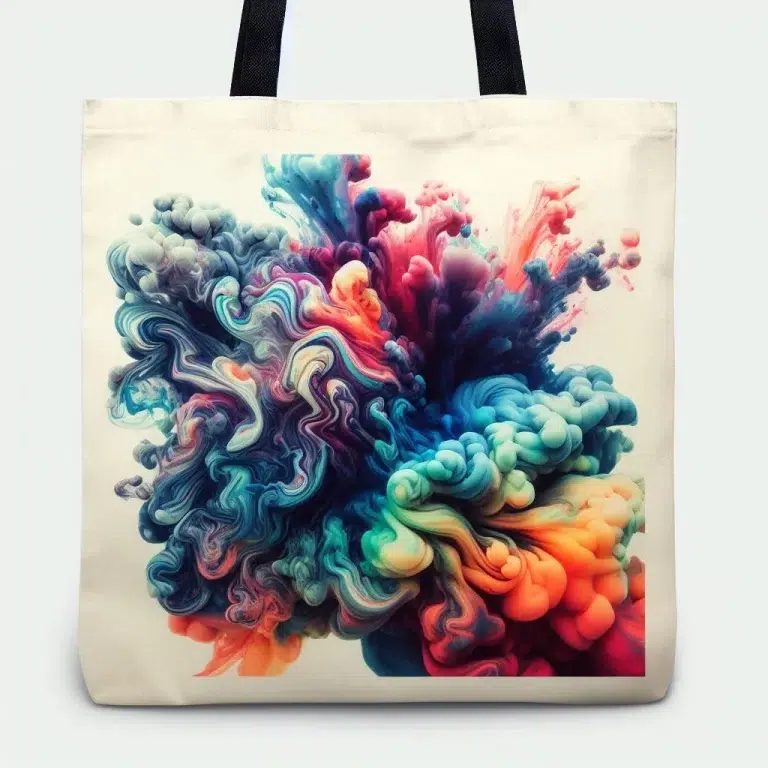
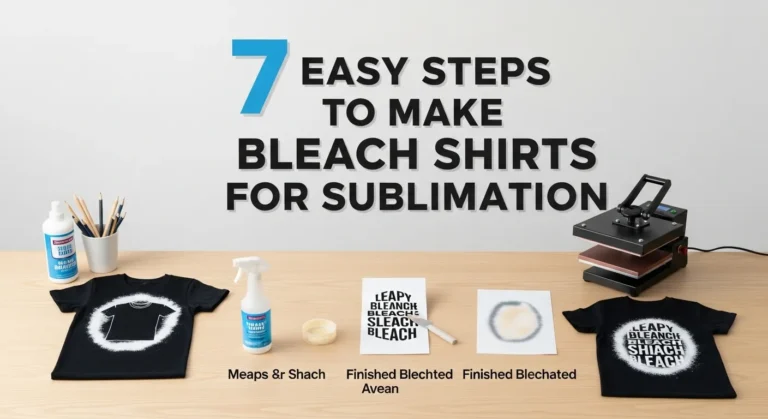
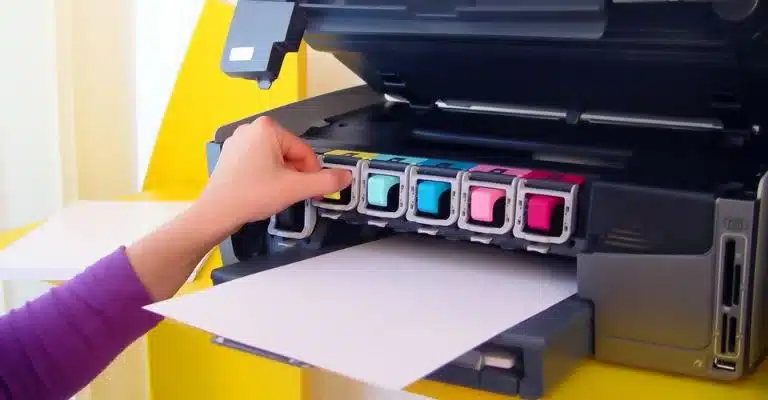
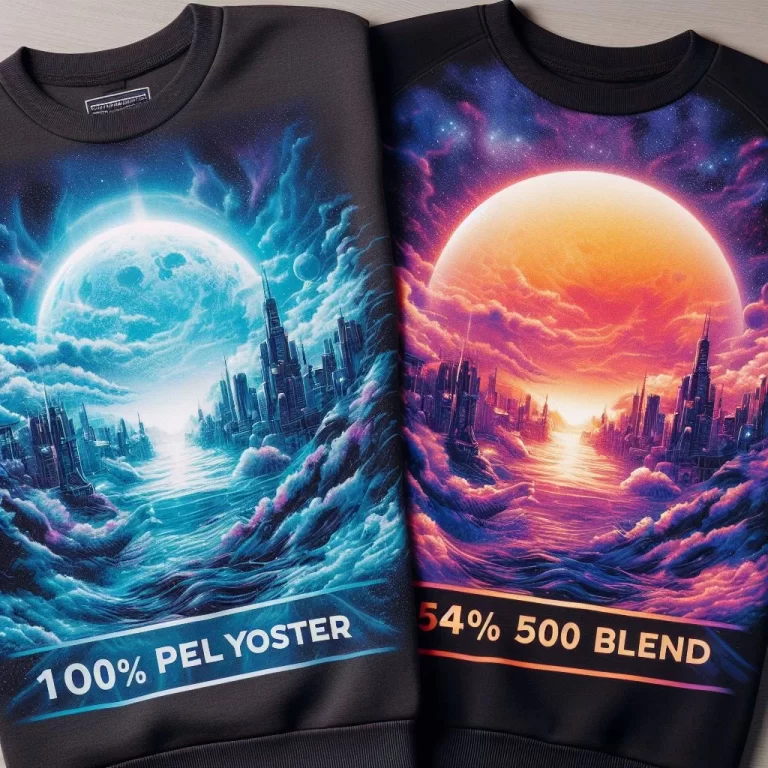
8 Comments